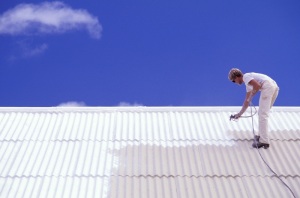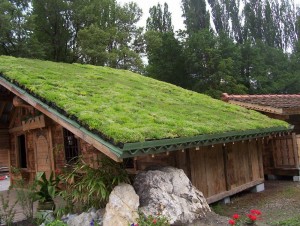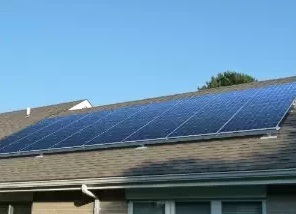How to Install a New Roof: A Basic Outline
Roofing is pretty important because it keeps the rest of your building safe from all of the outside elements. In general, roofs are built to last with a little bit of regular maintenance. However, no matter how hard you try, there will come a time when you need to replace your roof. Of course, there are countless contractors out there that will do that for you, but if you’re very DIY savvy and think you have what it takes, then you’ve come to the right place. We will look over the basic steps you will need to follow when installing your new roof.

Before You Start
Before you start ripping into your existing roof, you need to decide on the design of your new roof. This includes everything from the style to the best materials to use. Replacing a roof will be time-consuming and render your building inhabitable for a short while, so being prepared is key.
Out with the Old
Now you can start taking down your old roof. It might be tempting to leave your old frame up and just put the new roof over the top, but this will only cause you problems down the line. A job worth doing is a job worth doing properly, so don’t cut corners.
Drip Edge
Although you can get away without installing a drip edge, it’s an important step because it stops water from running down the fascia boards and prevents the shingles from curling over.
Underlayment
You need to apply underlayment to the deck ensuring that it lays flat. The underlayment helps protects your roof from letting water into your property during high winds, as well as heavy ice dams. Although the underlayment is self-adhesive, it might need some nails to finish it off.
Get Felty
Felt paper, synonymous with tar paper, displaces water that manages to get under the shingles and has a high fire rating. Make sure you get adequate cover by overlapping the squares of felt paper when stapling to the deck.
Valley Waterproofing
A roof valley is just that, a valley for water to be carried away from the building. As it comes into heavy contact with water, it needs protecting – you can use underlayment and felt paper to do this.
Shingles
When laying the shingles, there are two steps. Starter shingles are laid first and prevent water from running between the seams of the main shingles. Your shingles then lay over this layer.
Capping the Ridge
At the very top of your roof, you will need to install specially shaped shingles to form the ridge. Due to the multiple layers, you will need longer nails.
Seal and Finish
Sweep away any debris to seal up exposed nails. The most durable sealant to use is a hybrid of silicone and asphalt.
Of course, this is just a very basic outline of the steps involved. Now, as the DIY savvy person you are, you can do some thorough research into each step and get your new roof project rolling.







